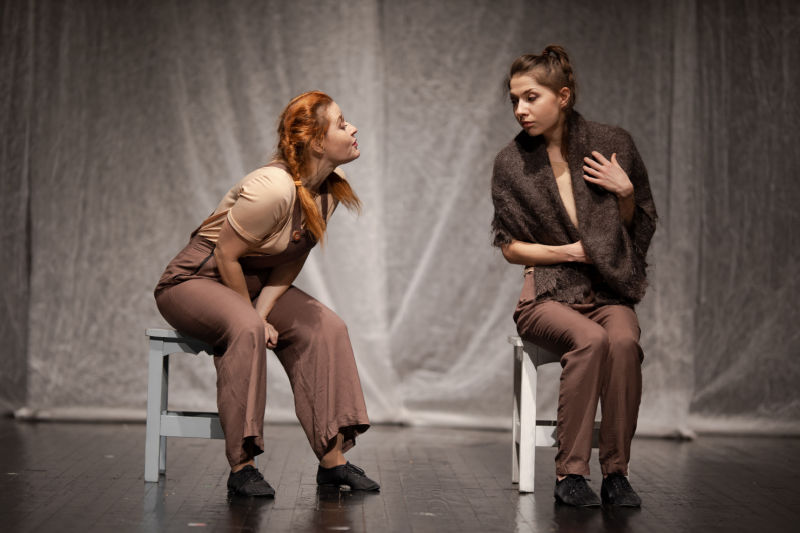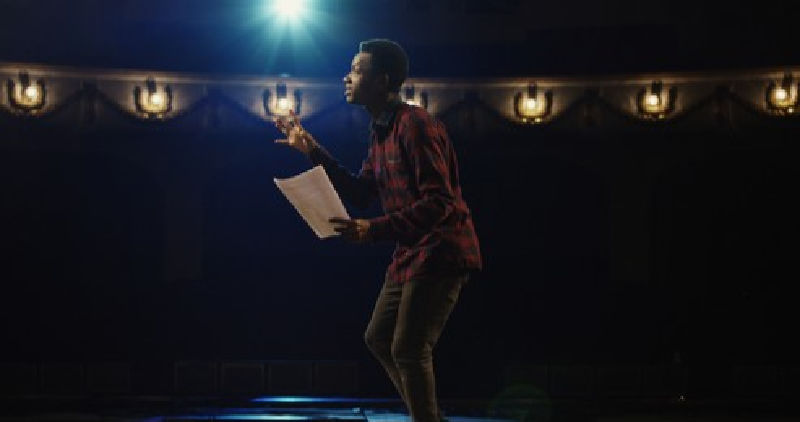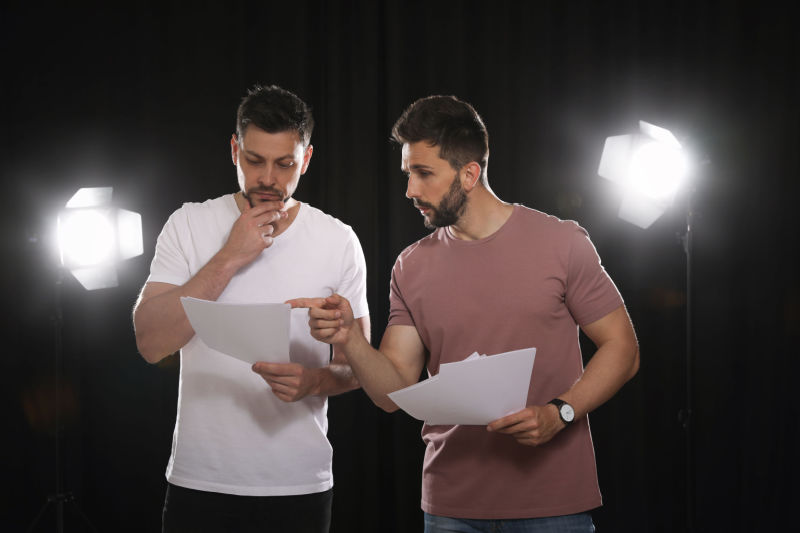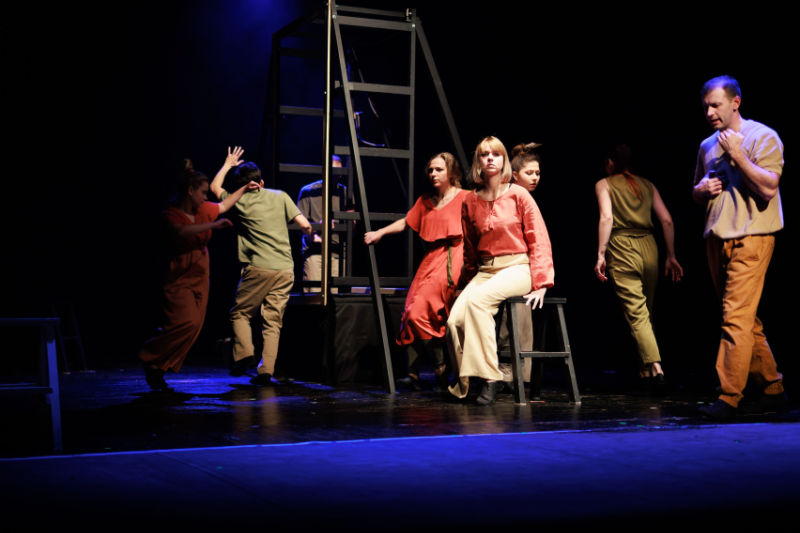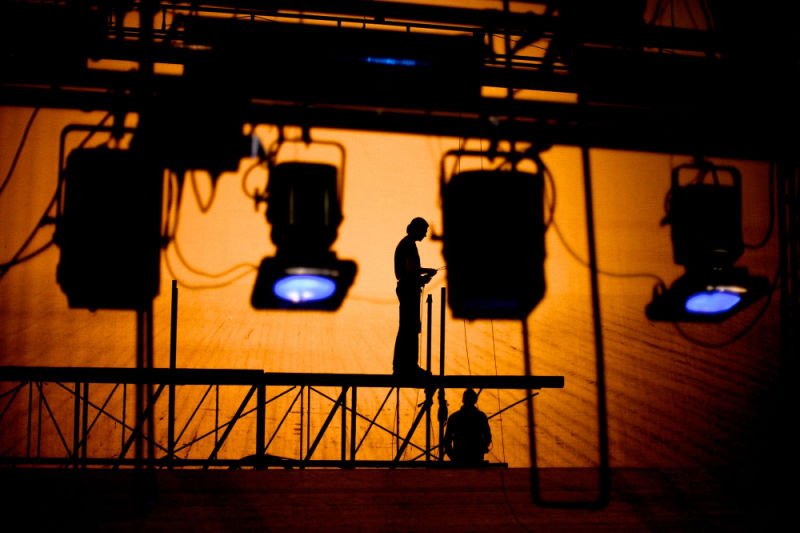Theater is naturally inclusive and makes a great activity for kids with many different interests. Kids who love to sing, dance, or just like having the spotlight may be naturally drawn to the performing arts. However, theater has lots to offer kids who don’t want to be on stage. Staging a community or school play requires a lot of different talents! A play requires costumes, props, sets, lighting, sound, and careful management. There’s a job for everyone and involvement in the theater is so beneficial in many different ways. Research has found that kids who are involved in the performing arts, including theater are more involved in their communities, did better in school, and are more likely to graduate than their peers who didn’t participate in the arts.
Most theater classes and play rehearsals start with warm-up exercises. Although they aren’t the same as the warmup exercises athletes perform before a practice or game, they serve the same purpose – to prepare the body and mind. They get the participants ready for what comes next. Many warmup exercises focus on breathing because speaking lines clearly and loudly enough for people at the back of the theater to hear them requires good breathing techniques. Often, vocal warmups are also performed. Warmup sessions also usually involve some physical activity, because actors use their bodies when performing.
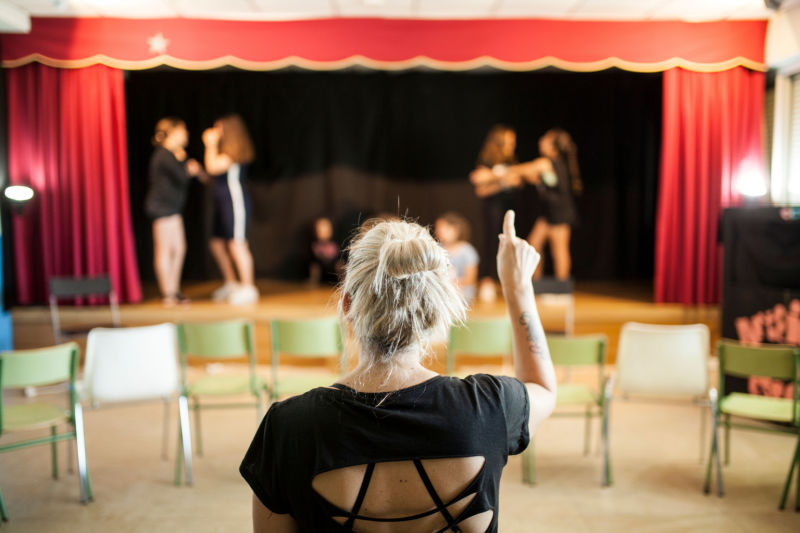
Improvisation exercises are another common part of a theater class. Improv teaches students to trust their fellow actors, and perhaps even more importantly, to pay full attention to them. Giving a scene partner undivided attention is an important part of the acting process. Improv also helps kids practice what to do if a scene goes wrong, like they or another actor forgets a line, or a prop piece is missing. The skills of keeping a scene moving and how to think quickly are two of the most important things improv teaches.
Monologues are an important part of an actor’s toolkit. Most auditions require that actors perform a memorized monologue. A monologue is a short speech given by a single character. It’s a chance for an actor to really show their talents. Monologues can be funny or serious. Many actors memorize a comedic and a dramatic monologue so they can perform the one that best matches the role they are auditioning for.
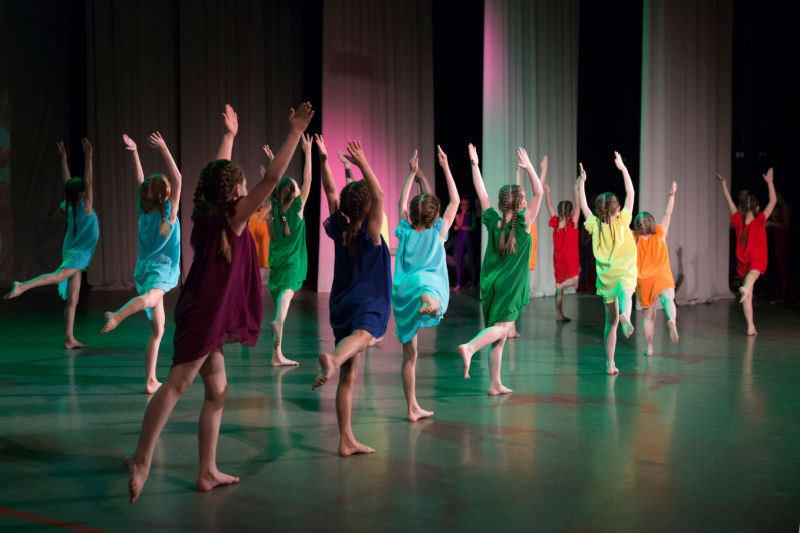
For most theater kids, the play is a culmination of their hard work and practice. Most students want to pick their favorite play when their group or class is preparing for their next performance. However, it’s a little more complicated than that. Some plays, like the ones written by William Shakespeare, are in the public domain. Newer works aren’t, though, and anyone who wants to stage a public performance must obtain permission and rights from whoever owns the copyright for the play. The rights for some plays aren’t very much money while others are very expensive. Other things to consider are how many sets and how many actors a play needs.
Certain roles and responsibilities are very desirable for those performing on stage and for those who spend their time backstage. The stage manager, for example, is responsible for making sure every aspect of the play is executed during a performance. Backstage roles also allow kids to discover and develop their talents. Kids who like building things will enjoy constructing sets. Those who enjoy clothing or sewing will find a natural fit in working on costumes. Anyone with an interest in electronics might love running lights or sound. Technical theater reinforces a lot of STEM concepts, which is another great reason for kids to get involved in theater.


